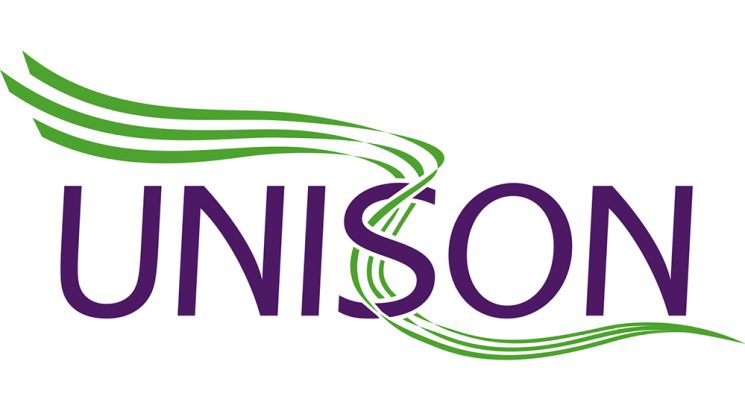The first findings from the UNISON branch resources review have now been released, giving a clearer picture of just what branches and activists need to be able to do their jobs as well as possible.
The review was triggered by a motion at the 2019 national delegate conference, and will examine the branch funding regime and how resources are allocated to branches. The review, which is being led by 24 lay members of the union, will present proposals to national delegate conference in 2021.
In February 2020, an online survey was issued to branch secretaries of all branches, with the questions both reflecting the existing UNISON Code of Good Branch Practice and emerging from discussions between the lay members.
The union had a total of 843 branches at the time of the survey and responses from 357 branches represented a response rate of over 42%. Response rates varied between regions and between service groups. The response rate was highest in Northern Ireland, closely followed by the Northern region. The local government and health service groups provided the highest response rates.
Even after a decade of austerity, branches that did respond felt that they had received the support that they needed to fulfil the main elements of the Code of Good Branch Practice. However, this is now felt to be under threat, with branch officers facing increased pressure, so the review is timely.
Most branches scored UNISON highly in its support for key branch functions.
Branch activists were also asked what activities they would like to do more of. In order, branches replied:
- recruiting and retaining members;
- educating members and developing activists;
- supporting members with representation and casework.
There were three distinct areas where branch activists felt that they needed help. These were:
- more time – including facility time;
- more support from the region;
- more financial support.
UNISON president and chair of the review Josie Bird noted: “It can be seen that branches that have more fixed costs, such as property, have been under more financial pressure in the last decade, combined with services and members having been hit by cuts as well.”
The feedback from the survey highlighted that communications was an issue for many branches – a factor raised by branches in Cymru/Wales, Eastern, Greater London, the North West and the South East.
Participation in the wider union democracy was also an issue raised by branches in the Greater London and South East regions.
The last part of the survey was dedicated to free text answers. Comments here requested assistance with IT, training, GDPR issues, information about how the union works, free or cheaper CASEWeb system and social media training.
Other issues raised included access to local legal advice, plus accessible, tailored information for branches on the UNISON website.
Listening to branches, it’s clear that what is wanted is more support and not necessarily more funding (at least in the first instance). It has provided a useful starting point for the work of the branch resources review group, which will develop firm proposals as next year’s NDC approaches.
In-depth interviews with 15 branch officers from around the country took place in October, providing further guidance to the review group.
Summing up, Ms Bird said: “The overarching feedback from the survey was that motion 126 was an opportunity to not only make branch support fit for purpose, but fit for the future too. We are one union and at our best when we work together.”

